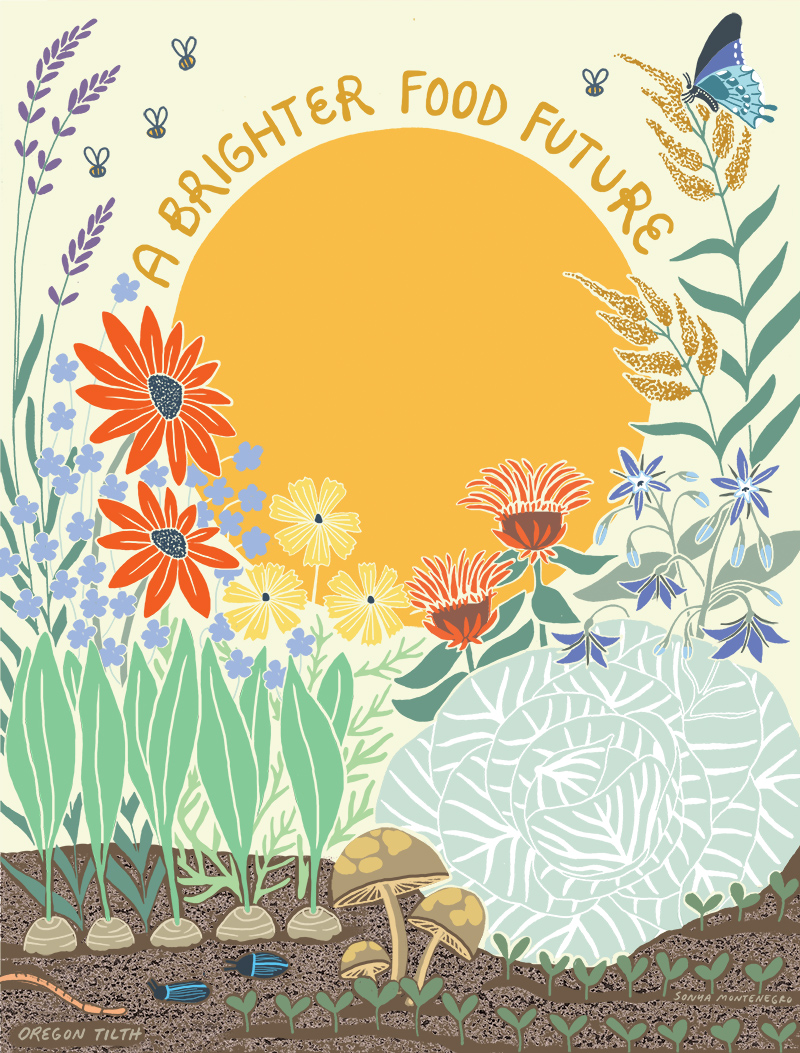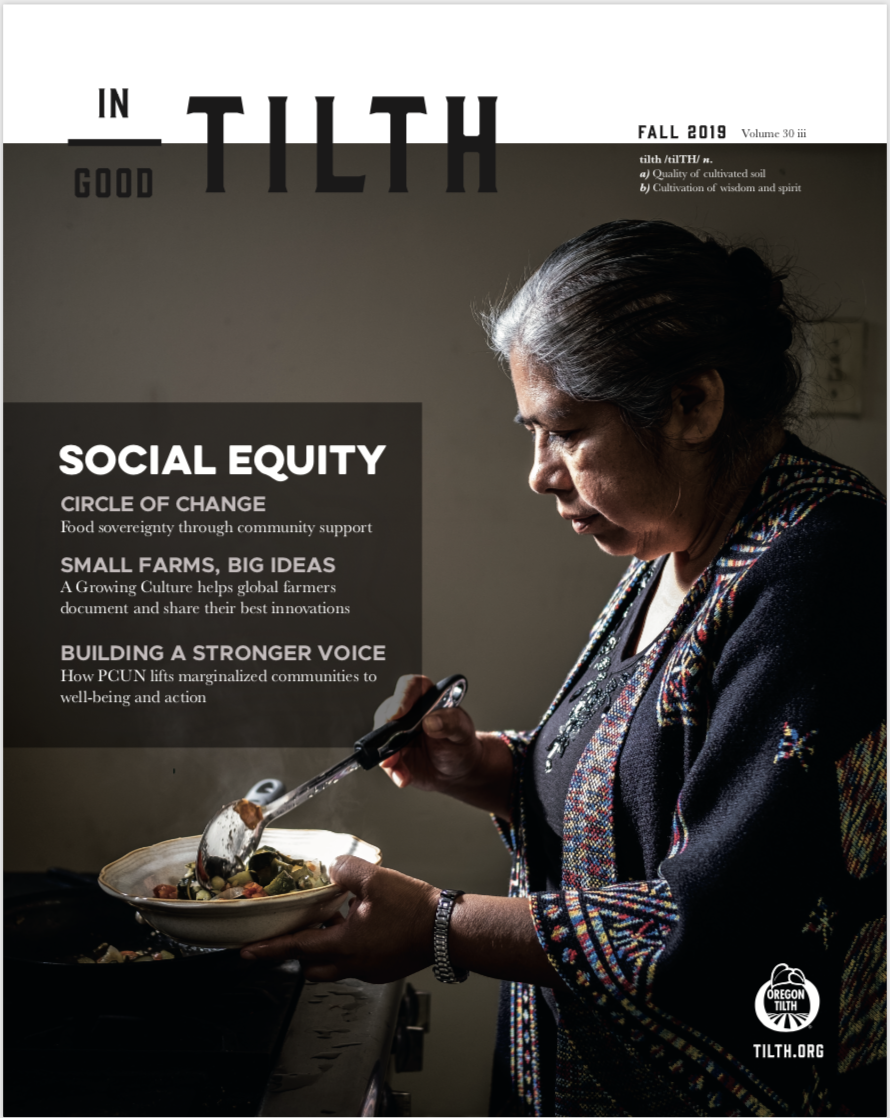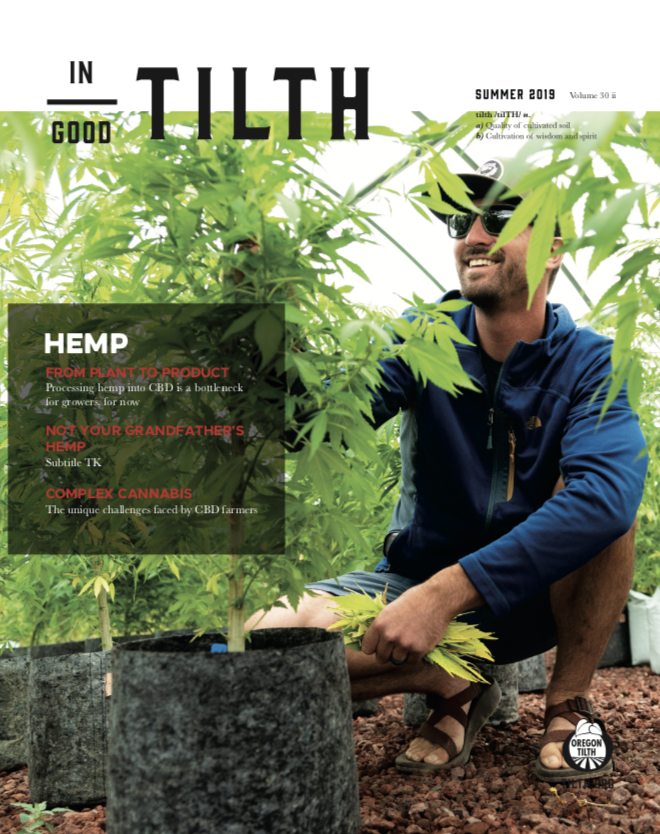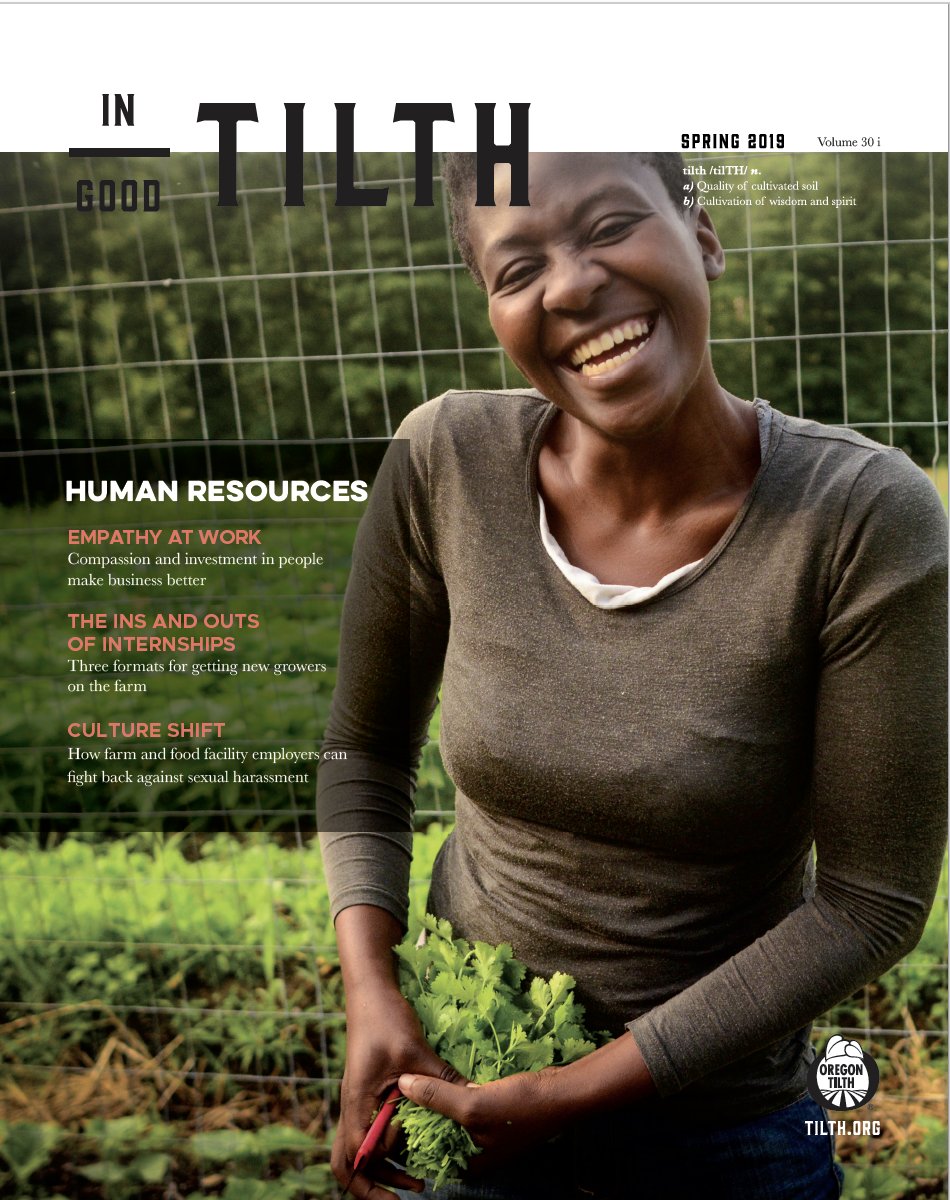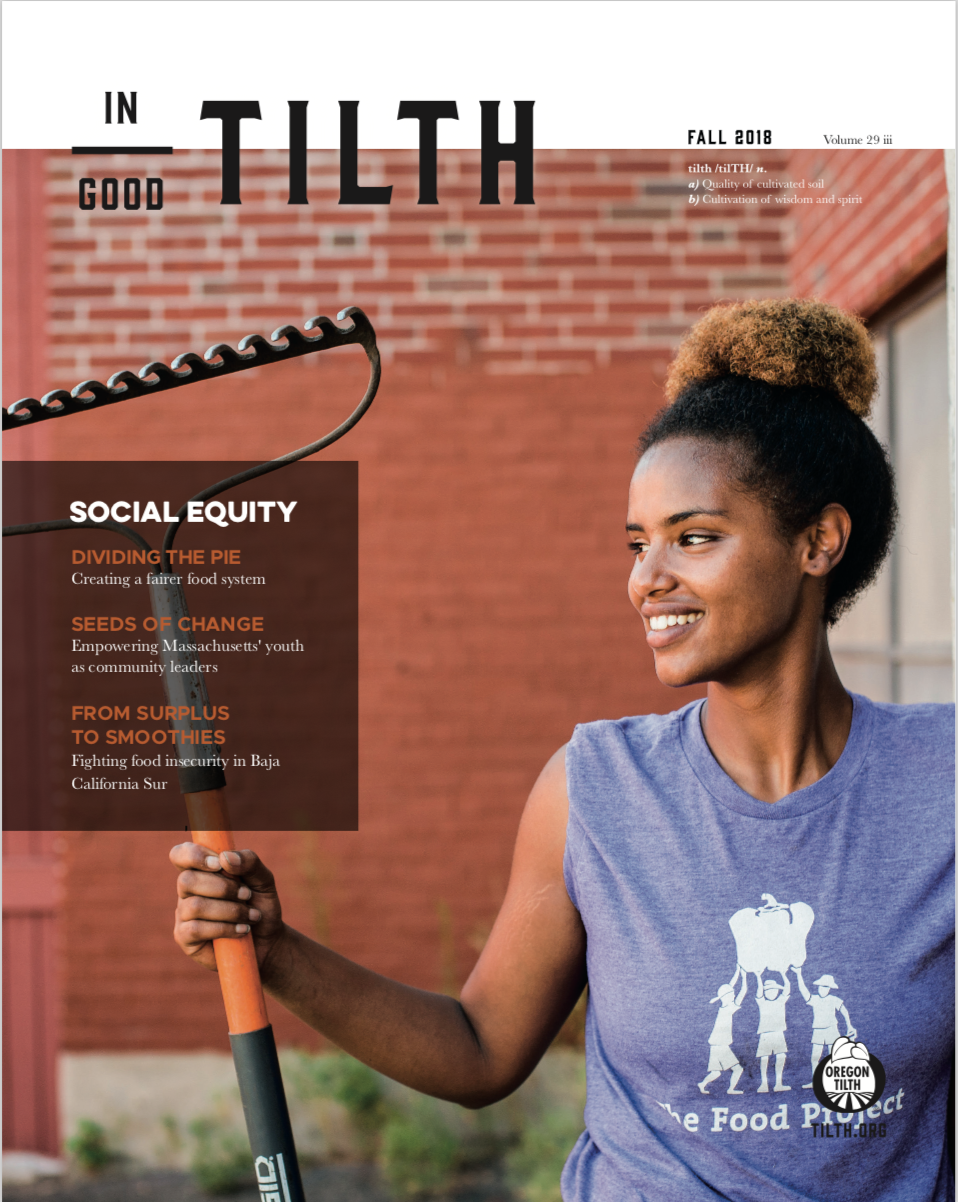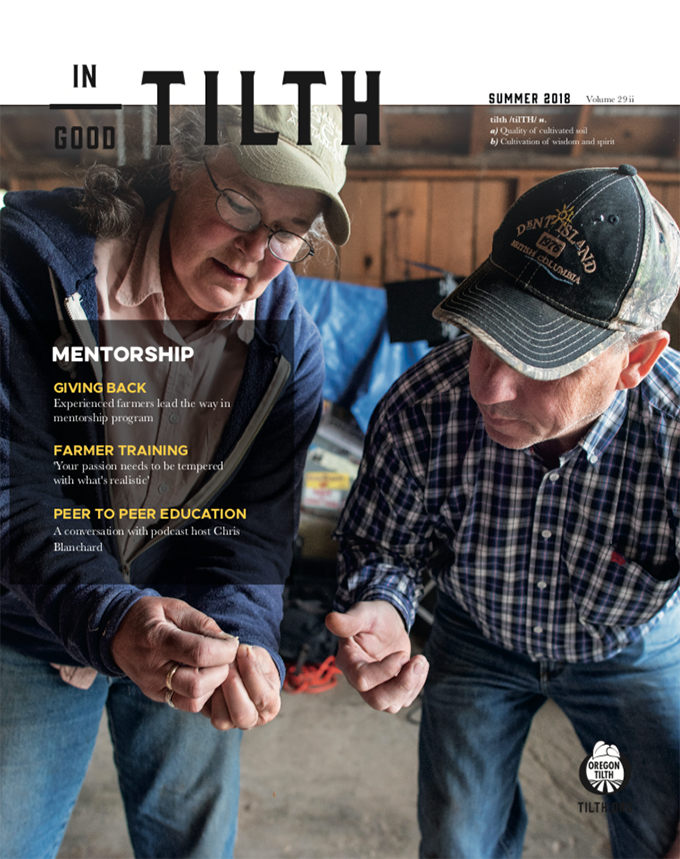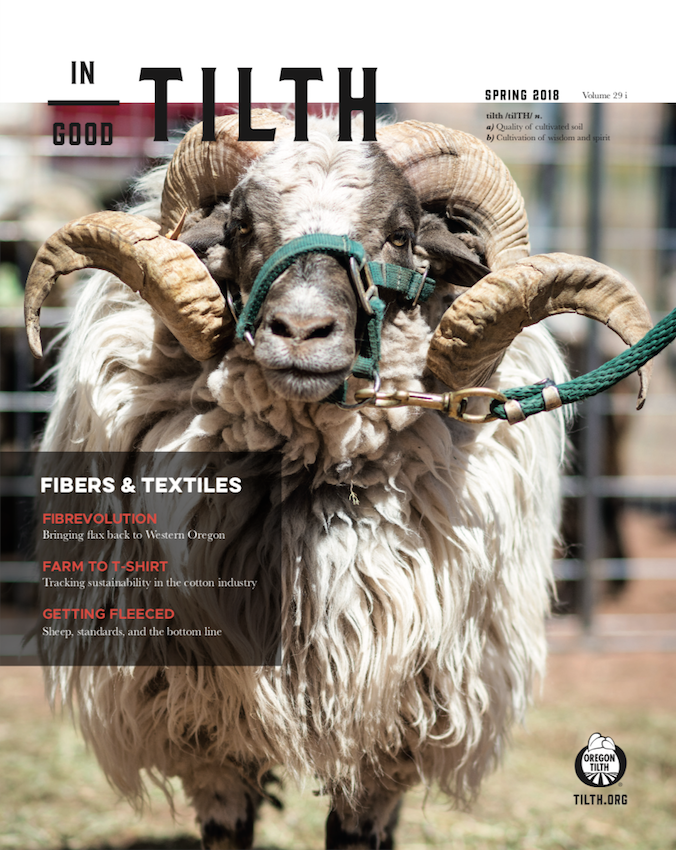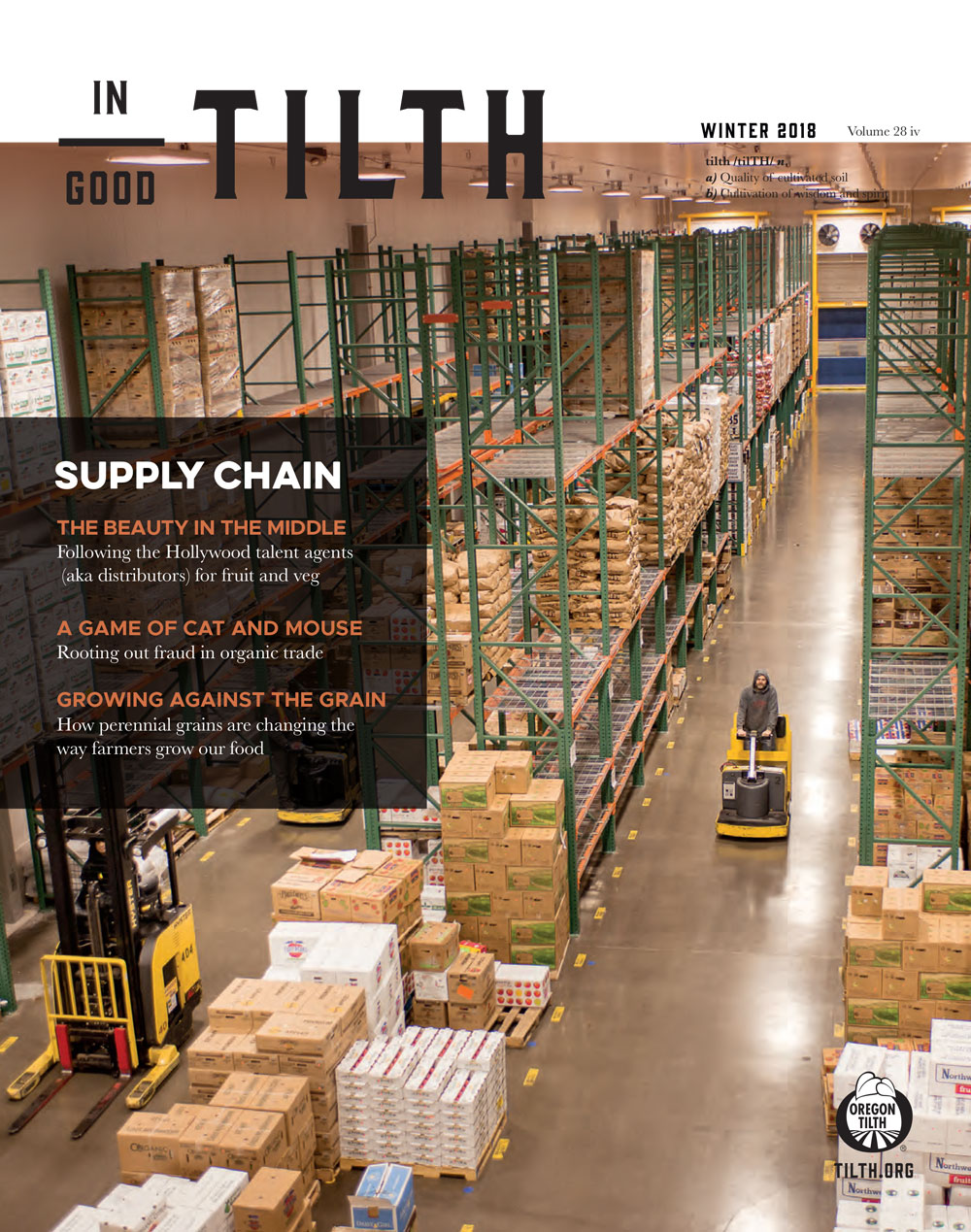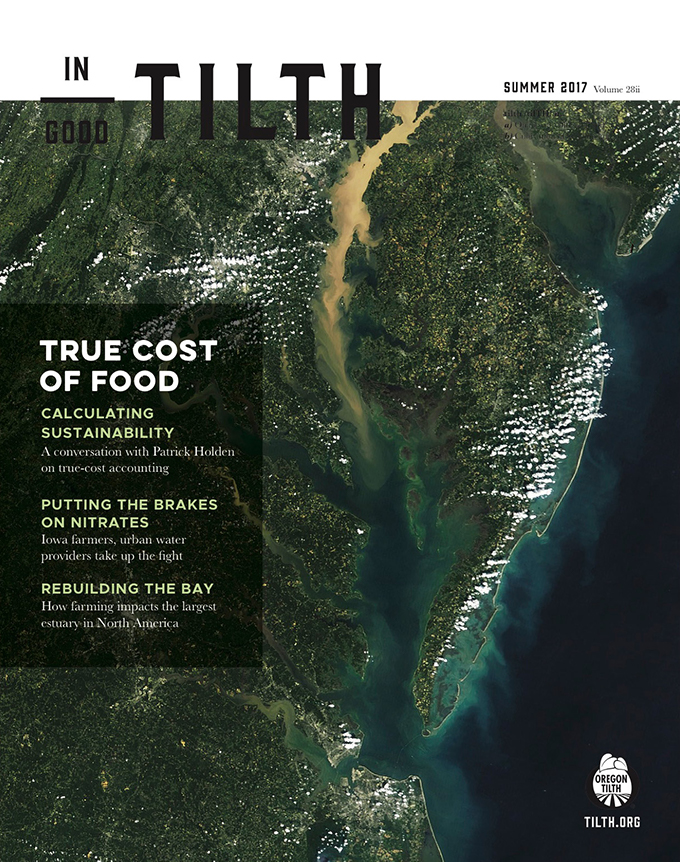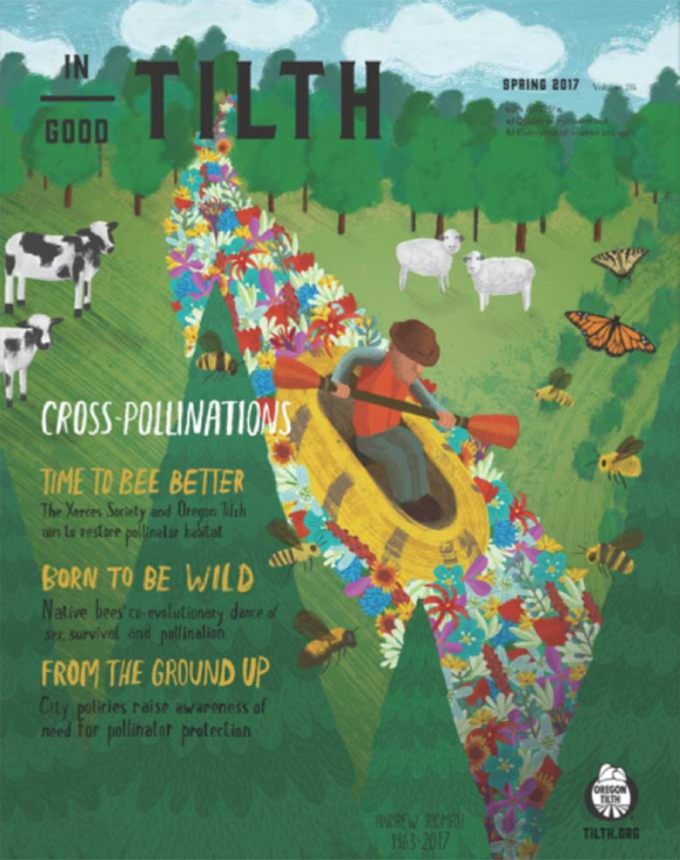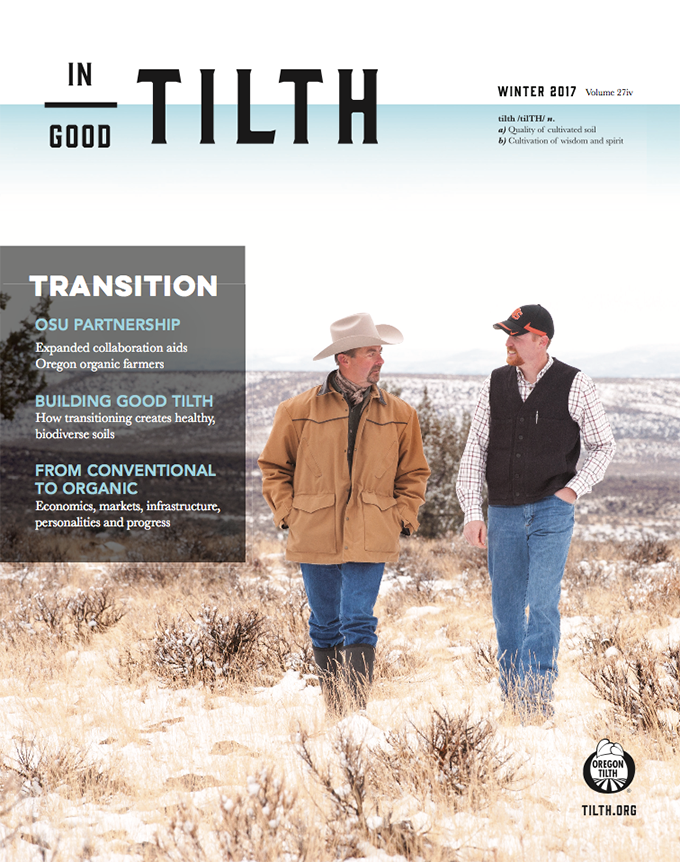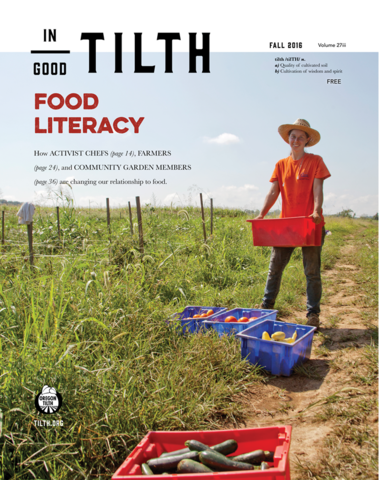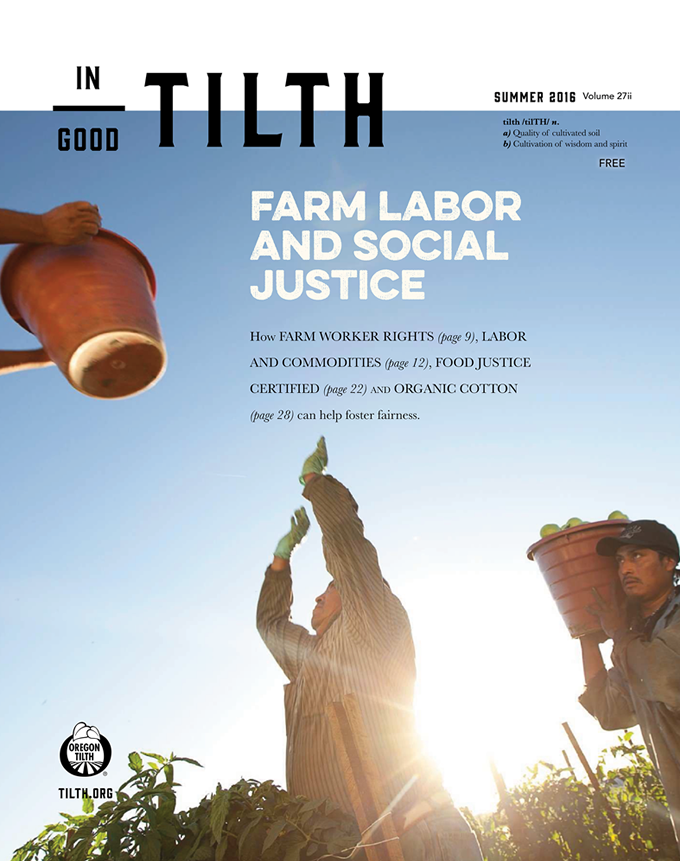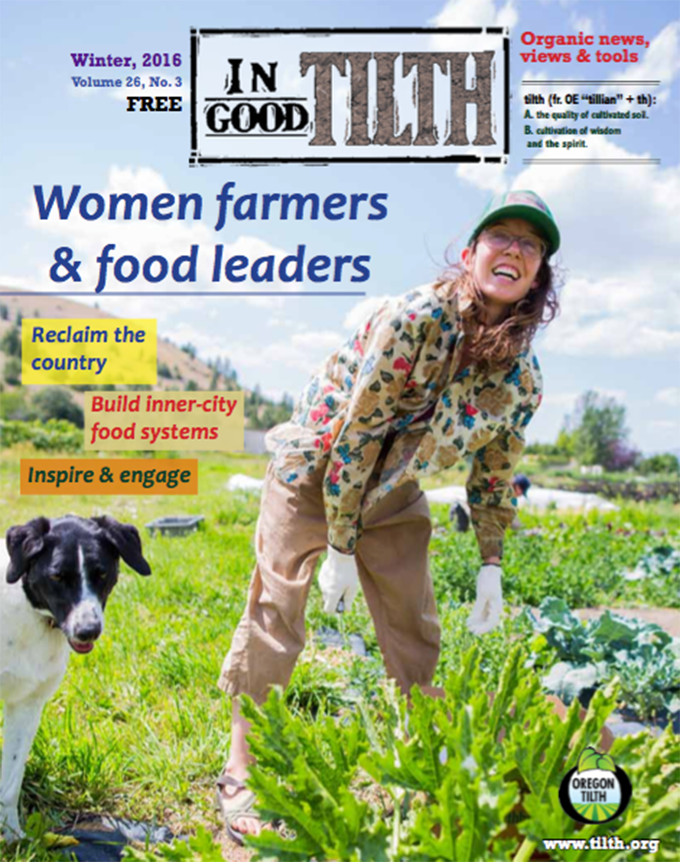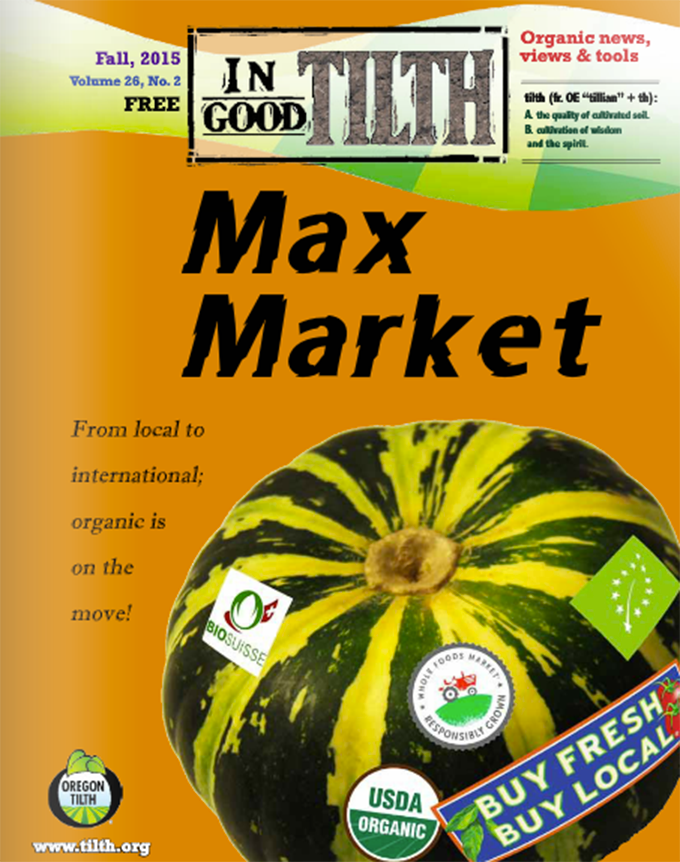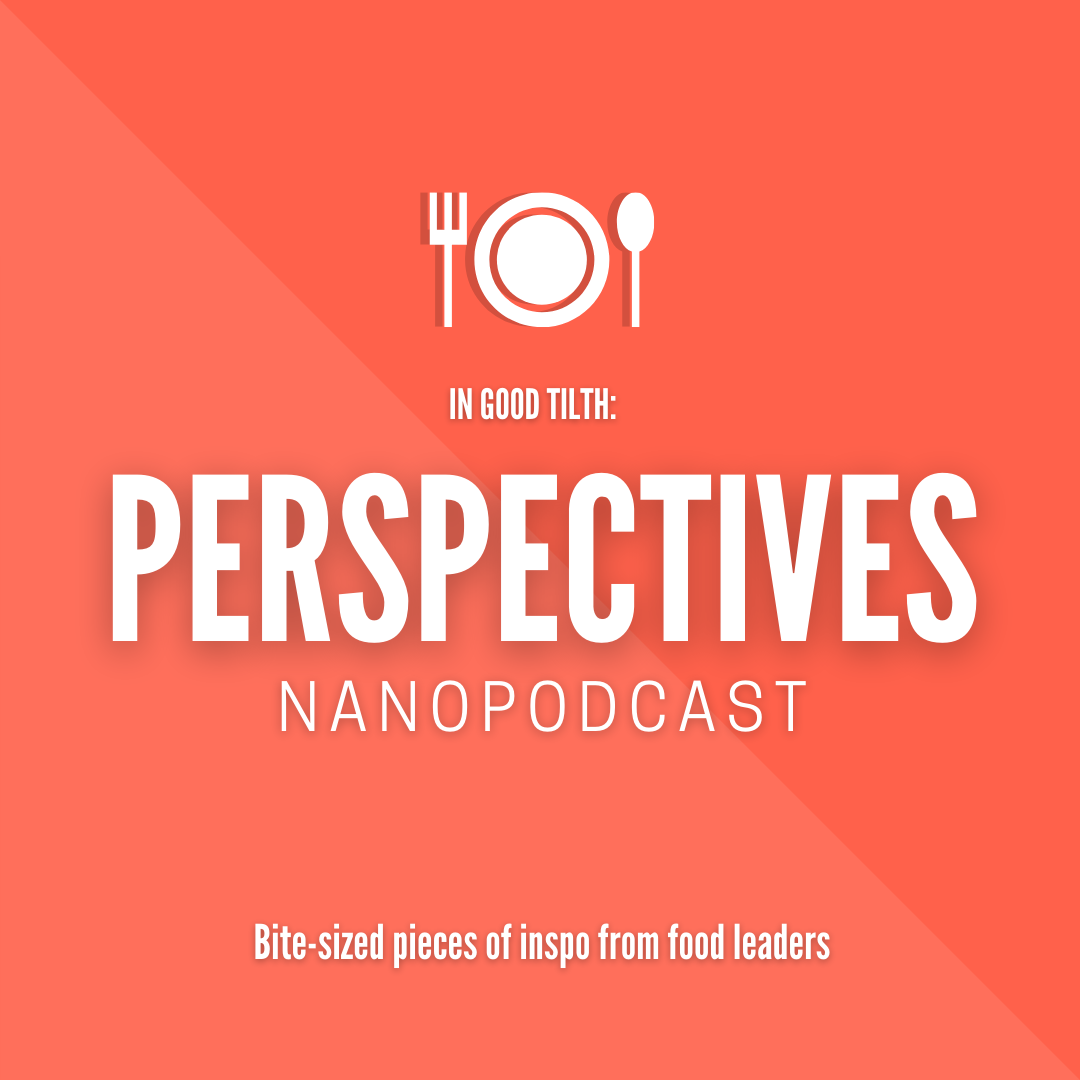Lane Selman is an agricultural researcher at Oregon State University who works with the Culinary Breeding Network, which connects chefs, seed growers and farmers to redefine the palette/palate of the Pacific Northwest.

The farm-to-chef movement has helped define the culinary outlook of organic foods–its flavor, color and presentation. Does re-contextualizing food give the consumer a new perception about the food they’re eating?
There is this door behind the farmer that few ever walk through. It leads to the plant breeder. They’re making all these decisions about what fruits and vegetables consumers are going to experience.
They’re making choices based on the appearance and the flavor. There is much more diversity than the average consumer sees when they purchase vegetables.
When they come to a gathering like the annual Variety Showcase in Portland, they have an epiphany like, “Whoa! There are all these different options. A breeder comes and lays out many different peppers or tomatoes; people are used to those things looking and tasting differently.
But if they bring something like Frank Morton’s parsley–he’s been getting parsley seeds from different countries around the world–and you lay them out on the table side by side, people say, “Oh my God, I thought there were only two parsleys: curly and flat leaf.” And they see these parsleys and taste them, they start realizing that there’s a world of diversity out there. They start thinking about food differently at that point. The audience at these events comes from worlds that might not overlap. They get to engage with one another, and learn about what a plant breeder does and the diversity that exists. Meanwhile, the plant breeder gets to better understand what consumers want.
What does the institutional buyer want? What does the chef want? A breeder can guide their process to develop vegetables that are more relevant. Farmers want disease resistance. They want peppers that are large and perform well in the field. Institutional buyers want something they can process quickly in a kitchen. Chefs might want a certain flavor or a particular texture. These considerations are not their focus. A breeder might not know what different types of consumers out there want.
This process you’re describing can take years. What are chefs looking for the most?
Chefs are particular. They want the best flavor possible and always want something new. People have been eating kale for a very long time, but it just didn’t have the market it has now until a chef made it happen. They are our ally. In the plant breeding and farming world, especially from an organic side, if we can engage the chef and excite them, they can bring a lot of attention our work normally would not get.
What are growers are looking for?
They are really excited to be in the room with plant breeders regularly, so that they can share their needs that are specific to organic systems. That’s what this Culinary Breeding Network is all about. The culinary aspect of it is the sexy part, where we can bring a lot more attention to breeding. But really my goal is to have more organic seed that works well in organic systems.
Farmers can voice their needs, like sweet corn that jumps right out of the ground and competes with weeds without the assistance of herbicides. Peppers that grow well in low-nitrogen situations and still produce full-leaf canopies that prevent sun scald on fruits. Organic farmers’ have very different needs than conventional growers. They need varieties bred in the environment they will be grown in.
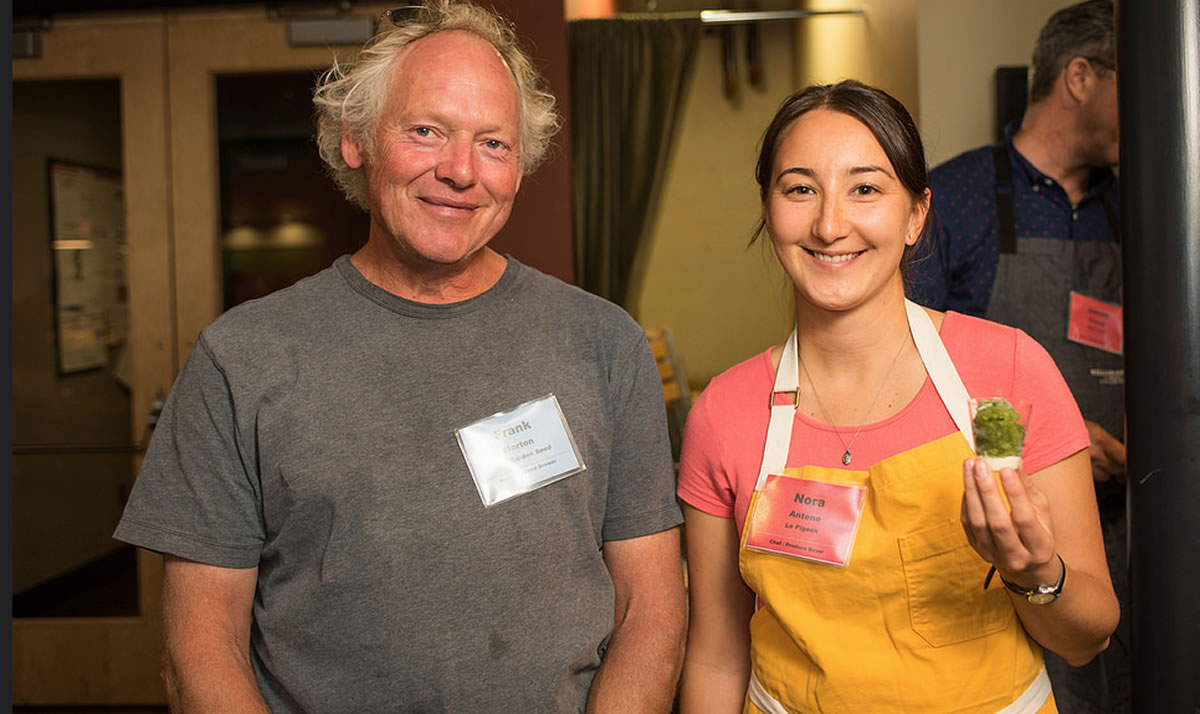
What is the role of restaurants in changing the perception of food?
They can get people to eat things that researchers, breeders and farmers cannot. For instance, purple sprouting broccoli grows well here, but if you bring them to the market, a lot of times it doesn’t sell. People are not familiar with it. But if you work with a chef, they love it; it’s new so it’s exciting for them to work with. I cannot tell you how many times I’ve had someone come to me when I worked at the farmers market and ask, “Do you have fava leaves or parsley root? I had it at this restaurant,” or, “I saw it in Sunset Magazine or in Martha Stewart Living.” They’re experiencing it somewhere else and then they want to re-create that. It inspires people.
I feel like there’s like a ton of criticism about working with chefs or considering flavor or culinary use in the breeding process like, “It’s very elitist,” but it just isn’t. You can have flavor and yield and disease-resistance. You can have varieties with good agronomic traits, and have them taste good. The better the flavor, the more people are going to want to eat more vegetables. That addresses obesity, health, and all kinds of bigger issues. So flavor is really important.
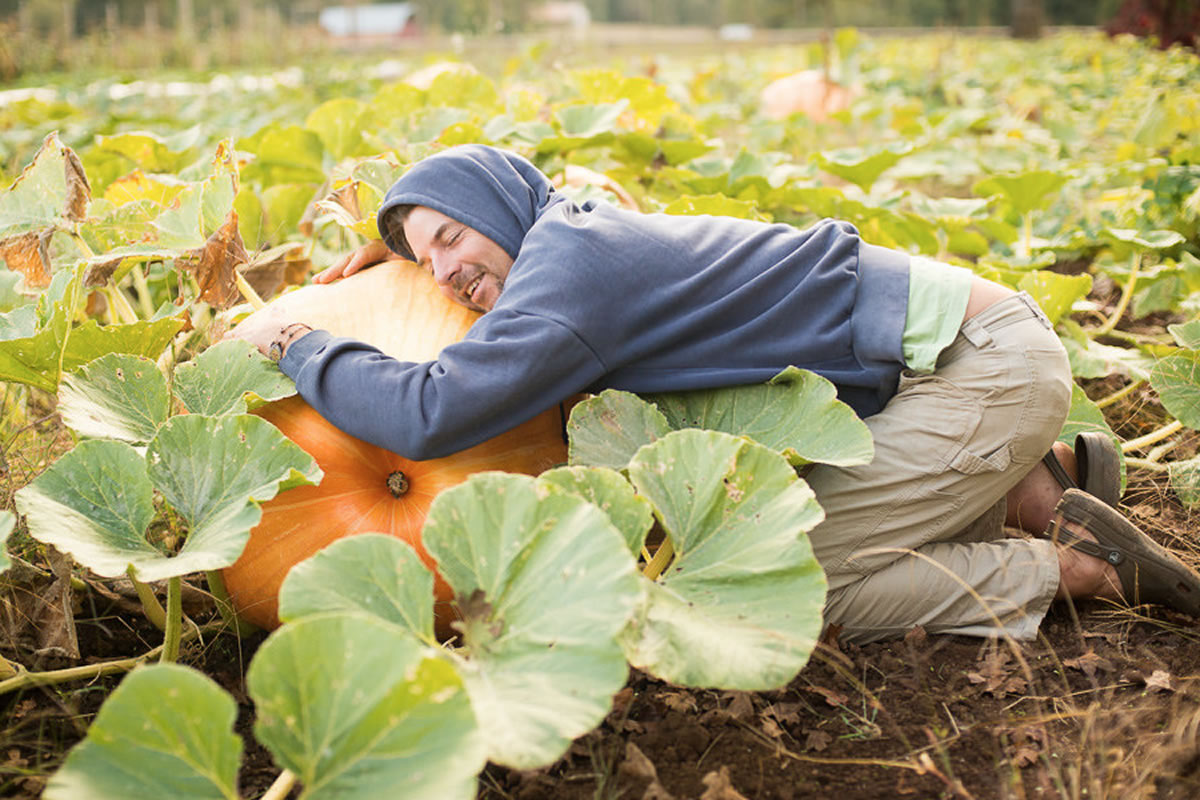
Is this a renaissance in the making?
I like to think we are moving into something exciting. I honestly feel like engaging people with plant breeding will result in something pivotal. Everyone I talked with who ha been to one of our gatherings has been enthralled. What plant breeders do is so exciting and interesting.
So we have chefs who are very well known like Dan Barber of Blue Hill in New York, and Sean Brock of Husk in South Carolina. They spend a good deal of their time talking about plant breeding. They are inspired.
I’m hoping for the renaissance. The goal is to have more organic seed and more varieties that are resilient in the face of climate change, are adapted to organic systems and taste good so people eat more real food.
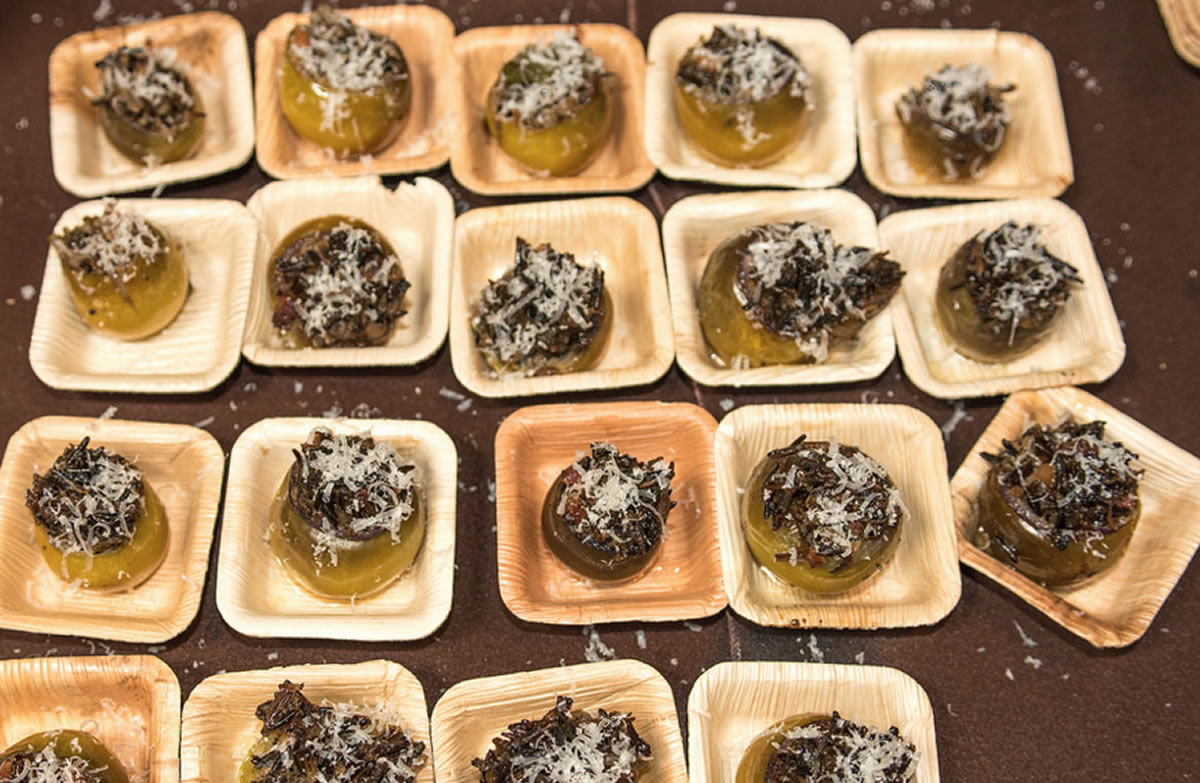
What inspires you the most?
I am absolutely in awe of what these plant breeders do. Frank Morton’s lettuce was grown at the space station. It was chosen because it had the least amount of microbial growth on the leaves. When I see these breeders work, how they perform selections, and how they are really putting these plants in uncomfortable settings; they’re not creating these prima donna varieties that we have become accustomed to.
When I grow out variety trials on farms, and I grow 10 varieties at a time, right next to one another in a bunch of different locations and I look at them, I can see the values and priorities bred into those plants. I look at Frank Morton’s peppers that I grow next to all these other commercially available peppers, and I can see the work that he put into them, and how the others are performing next to it. I see all his hard work, and I want nothing more than to share that with as many people as will listen.

